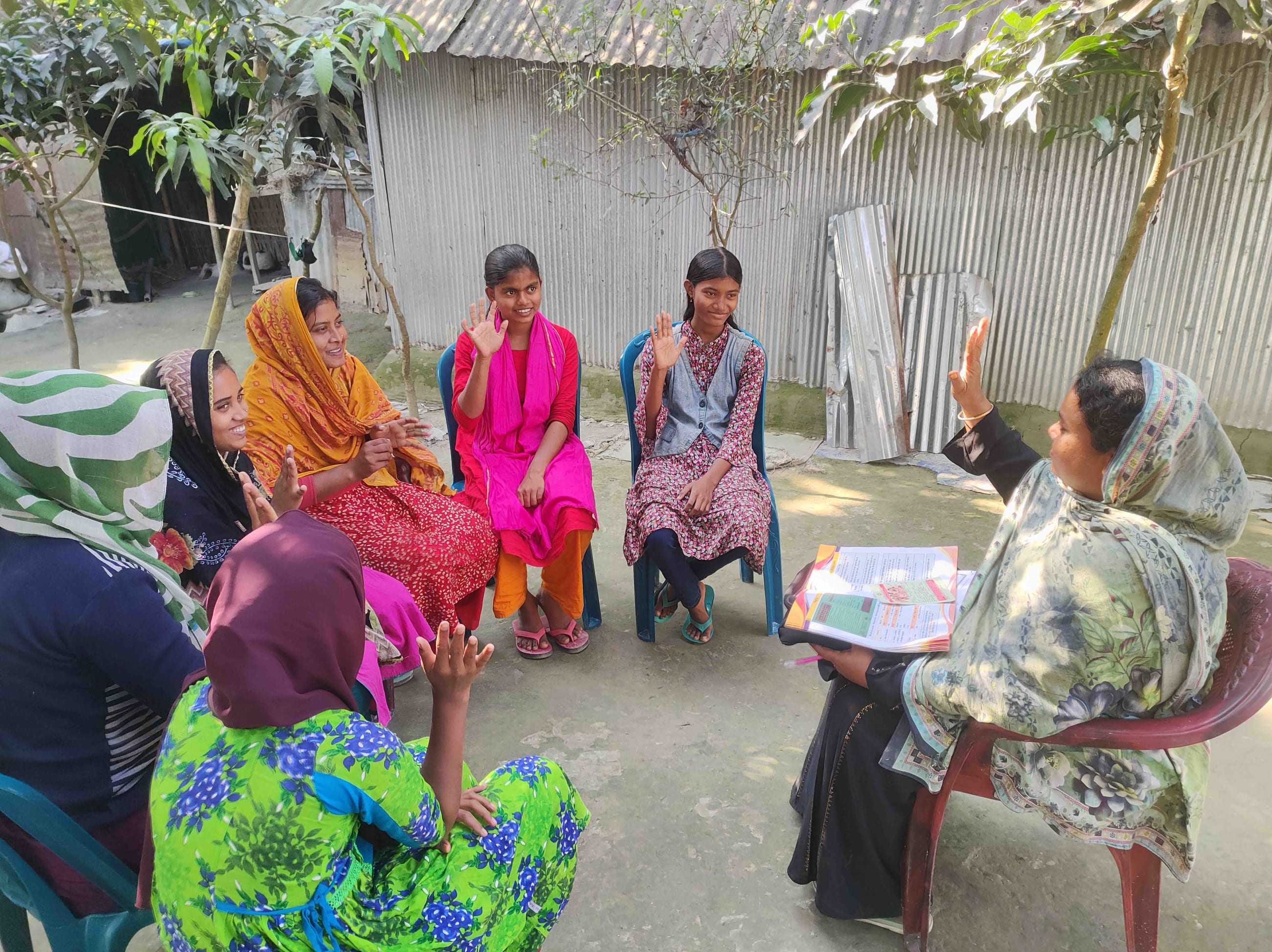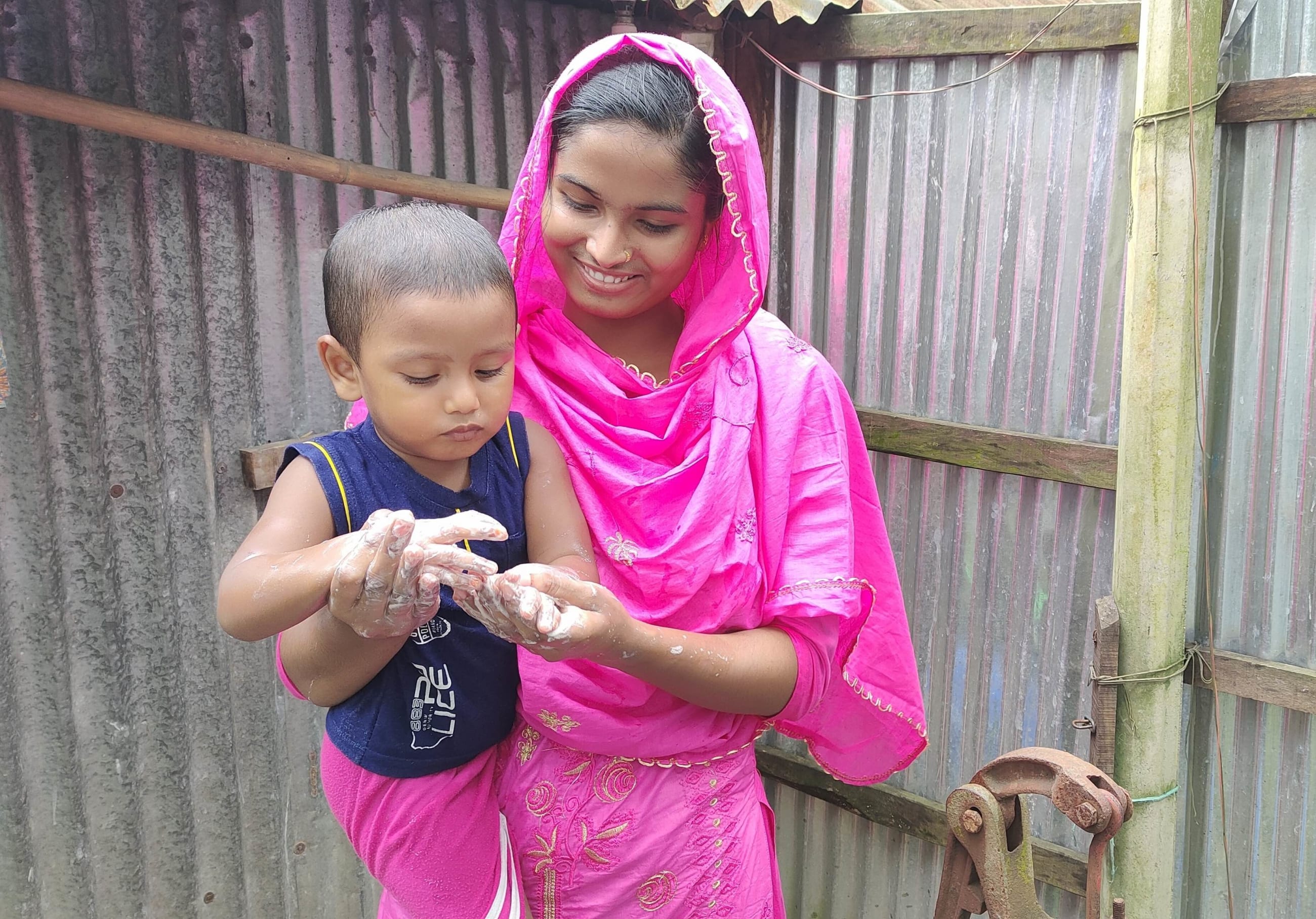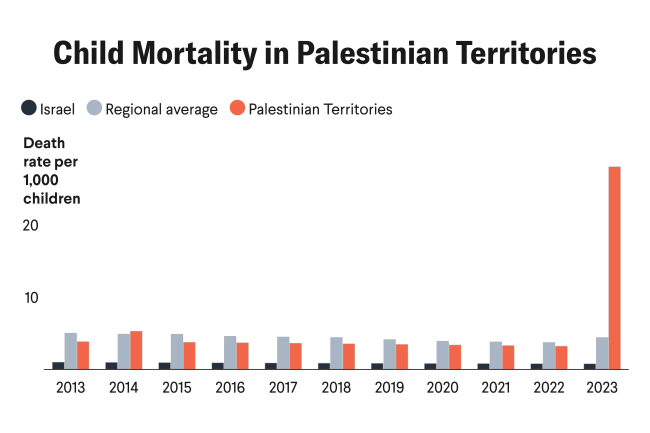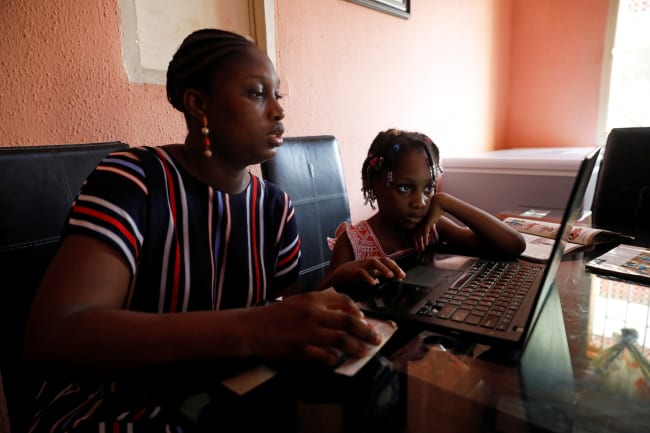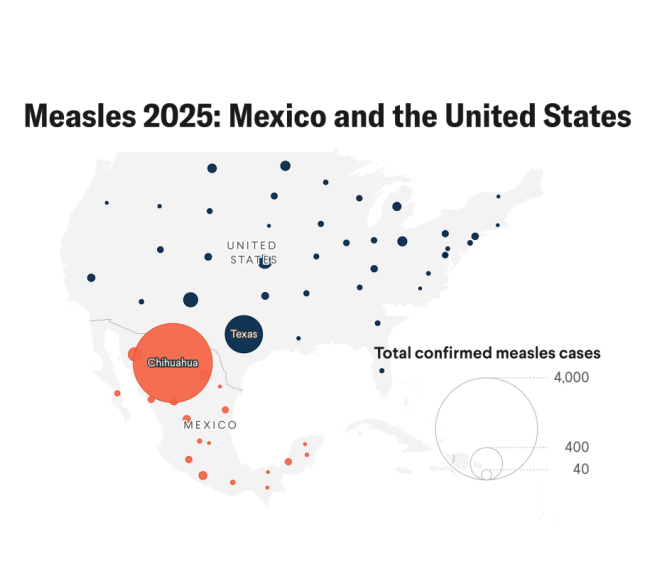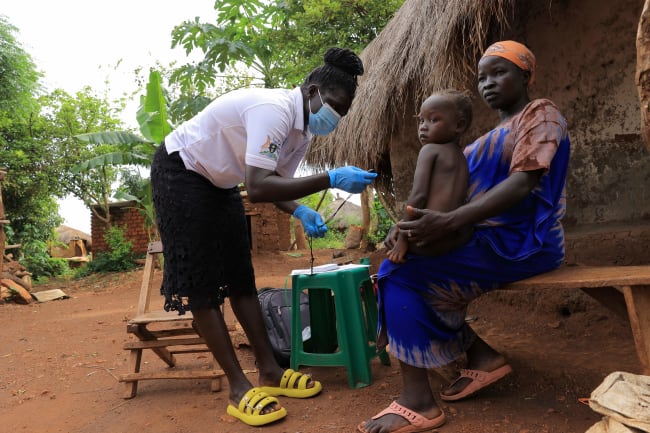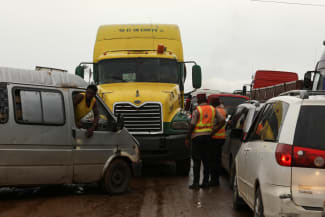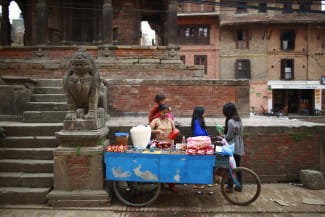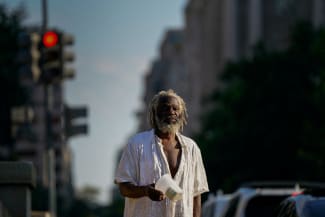This summer in Tangail, Bangladesh, experts from around the world gathered to address new health interventions for women living in poverty. The backdrop was sobering: Global instability is rising and foreign aid budgets are shrinking.
But the people at the center of these conversations were not public health officials or nongovernmental organization leaders—they were bankers.
As donor and foreign aid funding recedes, microfinance institutions (MFIs) are emerging as unexpected but powerful allies in expanding access to primary care. Having decades-long roots in poor communities, MFIs bring trust, credibility, and a proven ability to mobilize at scale—making them well positioned to fill critical gaps in fragile health systems. More important, they can bring solutions to scale among populations that public health systems often consider unreachable.
Unlike short-term aid programs, these institutions are embedded in the communities they serve and built for the long haul. Although some countries and foundations are stepping in with increased funding to offset aid cuts, short-term grants cannot build resilient health systems. As one Dhaka-based executive from BURO Bangladesh put it, "Sustainability is a Western concept. It is meaningless without ownership. We see these health interventions as our own—contributing and funding costs both in cash and in kind."
Poverty and health are deeply intertwined. Each year, 2 billion people face financial hardship because of health expenses, and 1 billion are pushed deeper into poverty. For women, the stakes are especially high: Poor health undermines their ability to earn, to care for families, and to escape their economic status.
To achieve Sustainable Development Goal 3 (good health and well-being), systems will need to be anchored in institutions that remain when donor campaigns end—those built to stay, not designed with finite funding and a campaign-like deadline. Health programs delivered in partnership with in-country financial institutions focused on serving the extreme poor help shift the focus from externally imposed sustainability to locally rooted ownership, a shift that could be key to advancing universal health coverage in low-resource settings.
Trust as Infrastructure
Globally, trust in institutions is eroding. MFIs, by contrast, have built trust through financial services tailored to the realities of poverty. They operate on social collateral, not monetary guarantees.
Consider joint-liability trust groups—small groups of 10 to 30 previously unbanked women who have no trust in formal institutions and to whom traditional banks would not lend. With support from MFIs—whose on-the-ground staff live and work within their communities—these groups meet regularly to receive financial training, share advice, and collectively guarantee one another's loans.
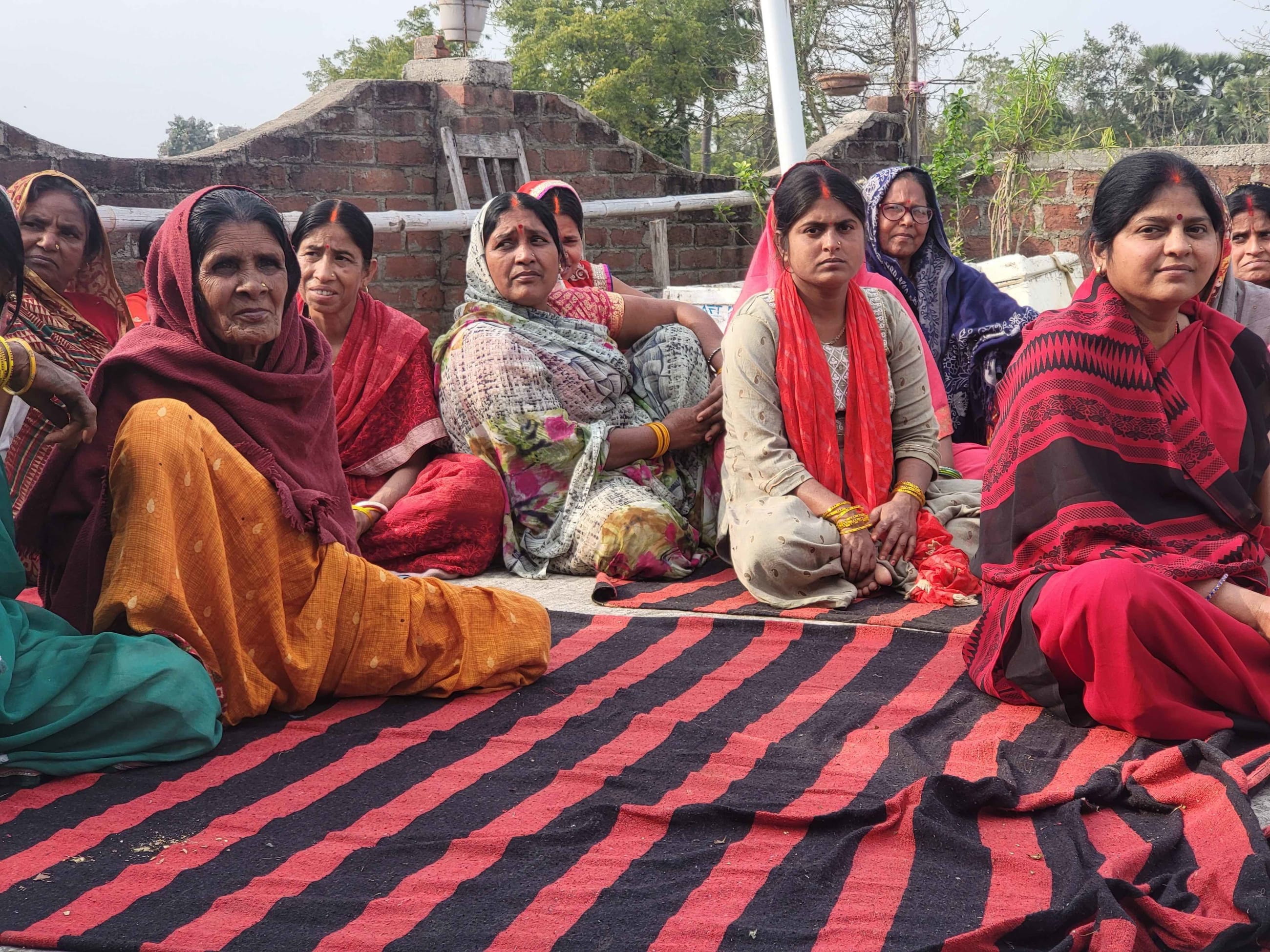
Peer accountability creates a safety net, fosters solidarity, and builds a community rooted in collective success. That trust extends from the group to the MFI itself because women see the institution remain present, reliable, and an invested steward in their economic progress—placing members on a pathway to more formal financial relationships.
That trust is a powerful asset, and one that can be leveraged for even greater community health outcomes. It allowed for BRAC in Bangladesh to enroll 68 million people in electronic health records in just two years, aiming to use predictive technology to target care, and for Equitas in India to help deliver more than 5.7 million COVID-19 vaccine doses through pop-up clinics in partnership with Opportunity International and the local government, despite widespread vaccine hesitancy. These efforts succeeded not just because of logistics—but because of trust.
In many marginalized communities, public health infrastructure is weak, and private care is fragmented and often unregulated. When disease symptoms arise, women may travel long distances to under-resourced clinics only to leave without treatment. Many turn to informal providers or unlicensed pharmacies. Through the reach and social capital developed by long-standing, well-trusted MFIs, more people can enter into both community-based and more formal health services.
Trust With Health Follows Trust With Money
Integrated microfinance-health programs are effective and efficient. A 2017 systematic review found that combining microfinance with health education and services improved health knowledge, behaviors, and outcomes such as maternal and infant mortality among poor communities.
In South Africa, women in microfinance groups who also received HIV and gender education saw a 55% drop in intimate partner violence
In South Africa, women in microfinance groups who also received HIV and gender education saw a 55% drop in intimate partner violence and greater uptake of HIV testing; in Bangladesh, pairing microcredit with health services improved women's prenatal knowledge, immunizations, and care-seeking at clinics.
Opportunity International's community health worker program, delivered by local micro-entrepreneurs known as health leaders, has also shown promising results. Our community health education work with BURO Bangladesh spans approximately 400 of their 1,500 microfinance branches across the country to date. In our annual benchmarking, surveys conducted by BURO over three years found:
- a 40% annual increase in overall health knowledge over baseline,
- a 60% increase in menstrual and reproductive health knowledge, and
- a 53% increase in maternal health knowledge.
KOMIDA is another such MFI, founded in 2004 as a response to the tsunami that devastated Indonesia and surrounding nations. Twenty years on, the organization serves more than 824,000 women and has deployed more than $880 million. In 2024, after seven years of grant funding and technical assistance from Opportunity International, it committed to sustaining a community health education program with KOMIDA funds.
These programs leverage existing infrastructure and social networks, reducing the need to build new structures and establish trust, and achieving greater reach into communities of rural and marginalized women than existing public health systems.
Scalable, Lasting Solutions
When effectively implemented, primary care can deliver up to 90% of the essential health services people need throughout their lives. But conventional public health systems alone cannot close the access gap.
MFIs reach more than 1 in 5 households globally—most of them living in poverty across Africa, Asia, and Latin America. These communities are a critical frontier for public health innovation.
Community health leaders such as Pramila, who is from Patna in Bihar, exemplify this potential. Trained by the financial inclusion organization Centre for Development Orientation and Training (CDOT), she delivers health education in her community with a focus on women's health and is trusted and respected. "I experienced the shortage of medical services and doctors in my own community in Patna, leading to maternal deaths," she said. "I feel proud that I have truly helped people."
Experiences like Parmila's are the reason for CDOT to join our meeting in Bangladesh this summer. These institutions fundamentally understand the challenges, strengths, and experiences of the most marginalized because they are already embedded in these communities. They are also invested in the long-term health and resilience of the communities as well as their economic empowerment.
As foreign aid recedes, the path forward may lie not in new institutions, but in reimagining the role of those that already exist—and are trusted.
